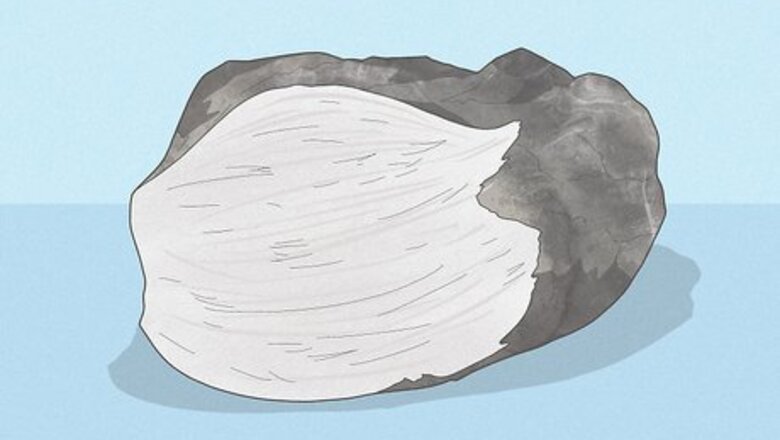
views
X
Trustworthy Source
US Occupational Safety and Health Administration
U.S. government agency responsible for setting and enforcing workplace safety standards
Go to source
The best way to soothe fears of asbestos is to learn about it, and so we talked to Environmental and Occupational Law Attorney Gregory Cade to bring you plenty of assuring facts, show you what you can do about asbestos in your home or workplace, and fill you in on where it’s usually located and the risks it poses.
- Asbestos is fairly uncommon in buildings constructed after 1970, so there’s little cause for concern in newer homes and workplaces.
- Asbestos is only dangerous when materials made with it become damaged or degrade. A single exposure to asbestos is unlikely to cause any harm.
- Professionals can easily identify asbestos and safely and efficiently remove it—it’s not a permanent problem.
Assuring Facts About Asbestos

Asbestos is fairly uncommon in modern materials. The Consumer Product Safety Commission banned asbestos in wall patching and gas fireplaces (2 of the most common sources of asbestos) in the 1970s, and the EPA banned all new uses in 1989. Though it’s still legal to manufacture and distribute, use of asbestos has dramatically fallen since the ‘70s as we became more aware of its risks.

Asbestos is only dangerous when it becomes exposed. Cases of asbestos harming someone’s health mostly occur when someone works with or handles the material directly, as when working construction without proper safety equipment. Most often, so long as the source of asbestos is undamaged, there’s little actual risk. Asbestos is most likely to become exposed when doing building repair or renovation.
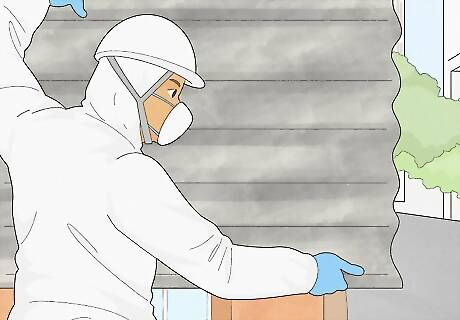
One-off exposure is rarely cause for concern. Asbestos-related health concerns are most common in those who experience repeated exposure, like construction workers or manufacturers. If you're exposed to high levels of asbestos only once, you’re likely unaffected. That said, there are rare cases of adverse effects as a result of limited exposure. If you suspect your health is at risk, consult your primary care physician.

Ambient asbestos in the air is often not harmful. Asbestos is naturally occurring, and there’s often a small amount in the air. That may sound alarming, but the truth is that the majority of people won’t ever notice. Ambient asbestos is low in quantity, and those who have been harmed by ambient asbestos typically have other regular exposure to it in their work, such as manufacturing or installing materials made with it.
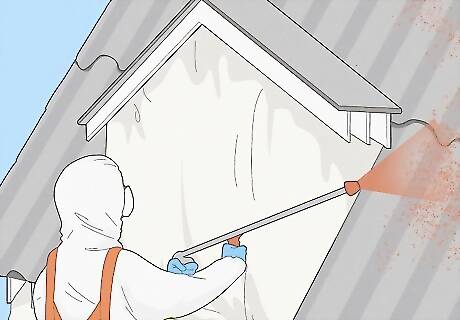
Asbestos can be identified and safely removed by experts. The great news is that asbestos doesn’t have to be a permanent problem or worry. Trained professionals are able to test for the substance and quickly and safely remove it from your home or workplace in just a couple of appointments.
What Can You Do About Asbestos?
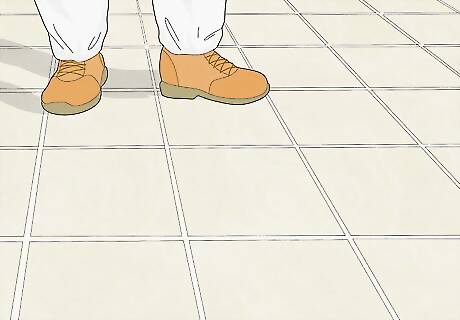
If the material isn’t damaged, leave it be. Exposure to asbestos typically only occurs if the asbestos-containing product is damaged, which releases asbestos particles into the air. If you suspect something is made with asbestos but it’s in good condition, leave it be. Wear a respirator and perform a visual inspection of the product to check for tears or damage. If you’d rather dispose of the product, contact your local EPA office or hire a professional to remove it. Any amount of asbestos requires professional handling for proper safety and containment. In the meantime, limit traffic or activity in the area to avoid disturbing the asbestos-containing material.
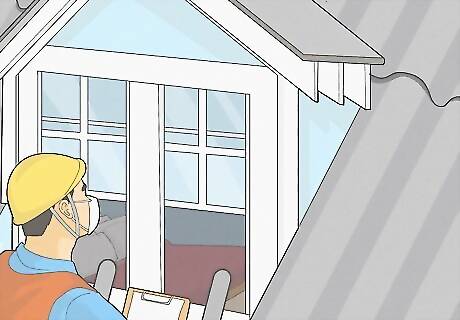
Get your home or workplace inspected for asbestos. Asbestos isn’t identifiable by sight alone, and requires lab testing to verify. If you suspect your home or workplace may have exposed asbestos, hire a professional to inspect and test for it, or report a violation to the EPA. At-home testing kits are available, but Environmental and Occupational Law Attorney Gregory Cade warns against them due to the hazards of exposure. Hiring a professional is especially necessary before you begin remodeling your home or workplace. Environmental and Occupational Law Attorney Gregory Cade says, “Some materials containing asbestos are marked, which allows for easy online verification of the label details.” Many products containing asbestos can be recognized by a warning label. Professionals often either remove the asbestos, or repair it by sealing it so that fibers don’t escape, or covering it with safety material that quarantines the asbestos.

Practice mindfulness or repeat affirmations to calm your fears. Asbestos is a concern, but it should never cause panic or undue stress. If you find yourself overly distracted by the possibility of asbestos exposure, stop those negative thoughts by: Reminding yourself that asbestos exposure is uncommon. Asking yourself if there’s known exposure in your area—if not, there’s likely nothing to worry about. Remind yourself that if you are exposed, there are measures you can take, like contacting a professional inspection and removal service. Do breathing exercises to calm your nerves. Breathe in for 10 seconds, then out for 10 seconds, until you feel yourself relax.

Clean your home with a wet rag and avoid tracking dirt or dust. Asbestos is often airborne, and it’s best to avoid disturbing it. If you’re cleaning in a place with asbestos present, use dampened cleaning tools like mops or sponges to clean dust, and dispose of them in sealed plastic bags. Asbestos can also sometimes be found outside on unpaved trails or roads. Hose down your shoes and wash your clothing as soon as possible before entering your home if you spend time in these areas.
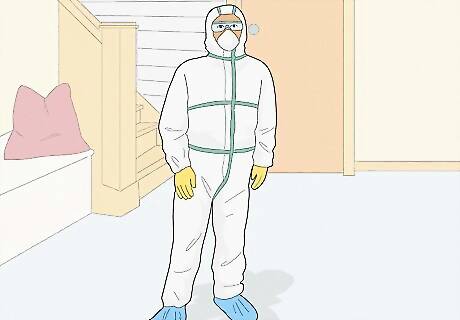
Wear proper safety gear whenever you work with asbestos. It’s strongly recommended that you leave removal to professionals. That said, if you find yourself working with asbestos for any reason, Environmental and Occupational Law Attorney Gregory Cade says, “the safest way to carry out the pre-testing process is to wear protective gear, disposable gloves, and, most importantly, an approved respirator.” Also wear safety goggles, rubber boots with disposable covers, and disposable coveralls.

Report asbestos safety violations to OSHA. If you suspect that there’s exposed asbestos in your home or workplace, file an OSHA complaint on their website, or report it to the EPA. These agencies are equipped to take the proper measures to test for, remove, and prevent further asbestos exposure. Or, consult the environmental safety or worker’s protection agency relevant to your region.
Where Can You Find Asbestos?

Asbestos may be found in insulation, tiling, and roofing. Most commonly asbestos is found in attic or wall insulation that contains vermiculite. It may also be present in vinyl, asphalt, or rubber floor tiles or tile adhesives, as well as shingles on the roof of homes. Asbestos is also sometimes found in textured wall paints, like popcorn ceilings, or spray-on decorative or soundproofing materials. Remember that asbestos is most commonly present in homes built before 1970. Newer homes tend to contain much less of the substance, if any.

Asbestos may insulate heating elements like stoves. In older homes, the areas immediately around heating appliances like stoves, ovens, or furnaces often contain heat-resistant asbestos. This is also true of areas with steam pipes that appear to be coated with insulation. Oil or coal furnaces themselves may contain asbestos in their door gaskets. This is also true of artificial ashes in gas fire places. Asbestos has also been used for its heat-resistance in many heat-proof fabrics, such as aprons, stove-top pads, or fireproof gloves.
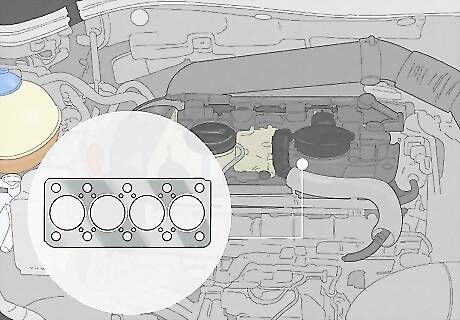
Asbestos is also found in some auto parts. Environmental and Occupational Law Attorney Gregory Cade says, “Asbestos has also been detected in automotive parts, such as brake pads, gaskets, clutches, [and] valves.” When doing auto maintenance, it’s always important to wear proper safety gear and know the risks.

Asbestos may be near unpaved surfaces or construction sites. Asbestos is a naturally occurring mineral, and so it may be in the air near unpaved roads or paths, or construction zones like building or demolition sites, or quarries or mines. If you live in or are visiting an area with known asbestos, wet the ground with water before playing near it, drive slowly on dirt roads to avoid kicking up dust, or stick to paved surfaces as you travel.
Risks of Asbestos Exposure
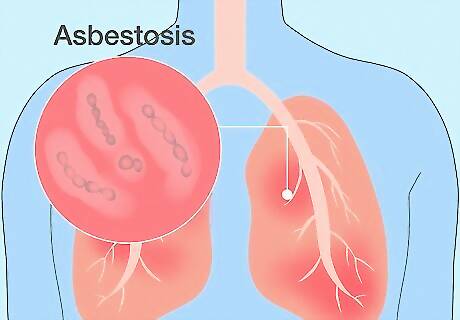
Exposure to asbestos may irritate or inflame the respiratory system. Asbestos particles in high concentration may get trapped in the airways or lungs and lead to inflammation or scarring. It may also lead to some respiratory disorders like fluid buildup in lung tissue or asbestosis—a chronic lung condition that causes shortness of breath or coughing.
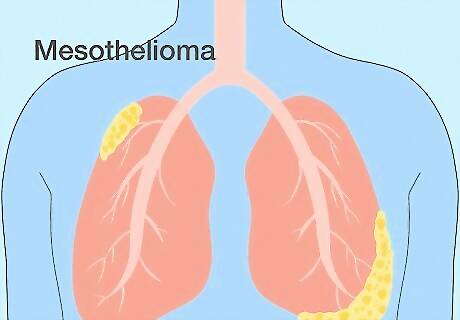
Asbestos exposure sometimes leads to mesothelioma. Asbestos is a known carcinogen, or cancer-causing substance, and in some cases may cause mesothelioma, which is a rare cancer of the chest or abdomen. In fact, asbestos is the leading cause of mesothelioma. That said, even among cancers, which are already fairly rare, mesothelioma is a rare diagnosis.
Symptoms of Asbestos Exposure
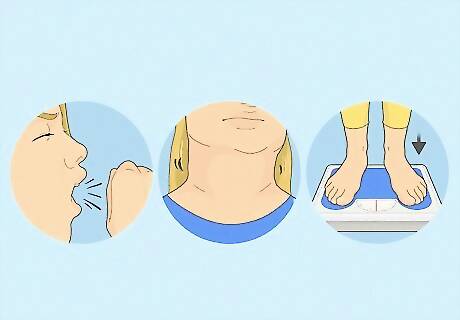
Watch for respiratory symptoms like a persistent cough. Asbestos exposure mostly affects the respiratory system. If you suspect that you’ve experienced exposure, watch for the following symptoms, and consult a doctor for treatment: Wheezing or shortness of breath Persistent or worsening cough Tightness or pain in the chest Difficulty swallowing Coughed-up fluid that contains blood Swelling in the face or neck Abnormal weight loss or loss of appetite Extended fatigue.











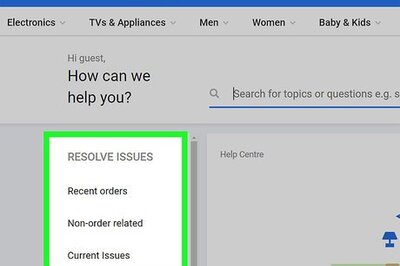



Comments
0 comment